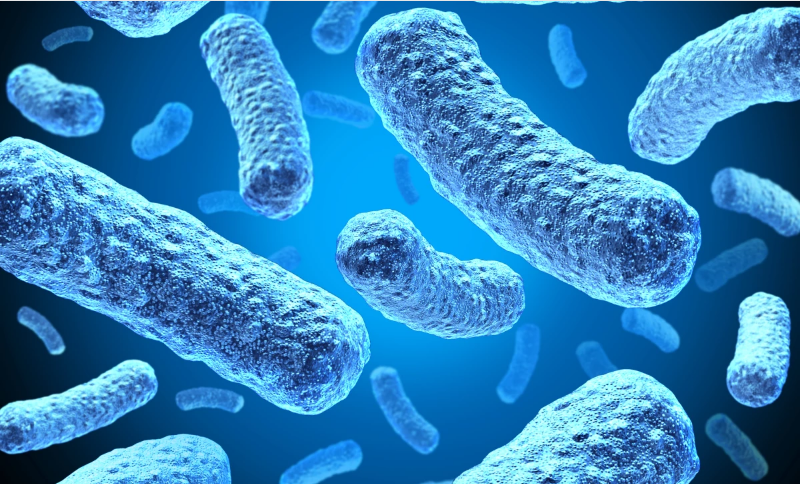Using bacteria to make biohybrid batteries
Some types of bacteria produce electricity on their own. This can make them useful, for example, used to make batteries and fuel cells.
But so far, the efforts have yet to prove much fruit. Therefore, a research team at Karlsruhe Institute of Technology (KIT), Germany, is seeking to change the situation. They have successfully created a biohybrid system from hydrogel, to both nourish the [generators] and capture their energy efficiently.

Researchers at KIT Institute (Germany) have developed a biohybrid battery that draws energy from microbes that generate electricity. Photo: KIT.
Central to this system are exoelectrogens, which produce electrons, which then move through the outer membrane and leave the [bacteria] cell. If we can capture these electrons, we can make a living cell from exoelectrogen.
However, there is a major challenge that many previous studies, although struggling, have not yet been resolved. That is: for electrons to move to the electrode, it requires a conducting medium, but most conductive materials are not good for living bacteria. And conversely, most living matter is not an efficient conductor of electricity.
Therefore, new research scientists have sought to develop a specific material environment, in order to achieve a balance. It is a hydrogel made from carbon nanotubes and conductive silica nanoparticles. All will be attached together to form a chain (like DNA chains), then add exoelectrogen bacteria to a culture medium filled with nutrients.

The material medium (hydrogen) both nourishes the bacteria that generate and transmit this power efficiently. Photo: KIT.
According to the group's observation, bacteria have grown very well on the material and penetrate deep into the holes of the hydrogel. And hydrogel also does a good job of conducting electricity. In addition, the team also built a mechanism to disconnect the battery. When the solution is no longer needed, they inject an enzyme to cut DNA strands and destroy the material.
The researchers also said that this formula can be completely modified (the size and sequence of DNA sequences) to change some properties of the material.
The results of the study were published in the journal ACS Applied Materials & Interfaces.
NEW TECHNOLOGY ELECTRONIC REPORT
Responsible agency: Union of Science and High-Tech Production and Telecommunications (HTI) - Vietnam Academy of Science and Technology
Editor in chief: Vo Tran
Operate and exploit advertising by iGetz Vietnam Media and Technology Joint Stock Company.
CONTACT
357A Nguyen Thi Dinh, TT. Tan Phu, Dong Nai.
Tel: (+84) 818.337.007/5 Fax: 818.337.007
Email: contact@gozon.xyz